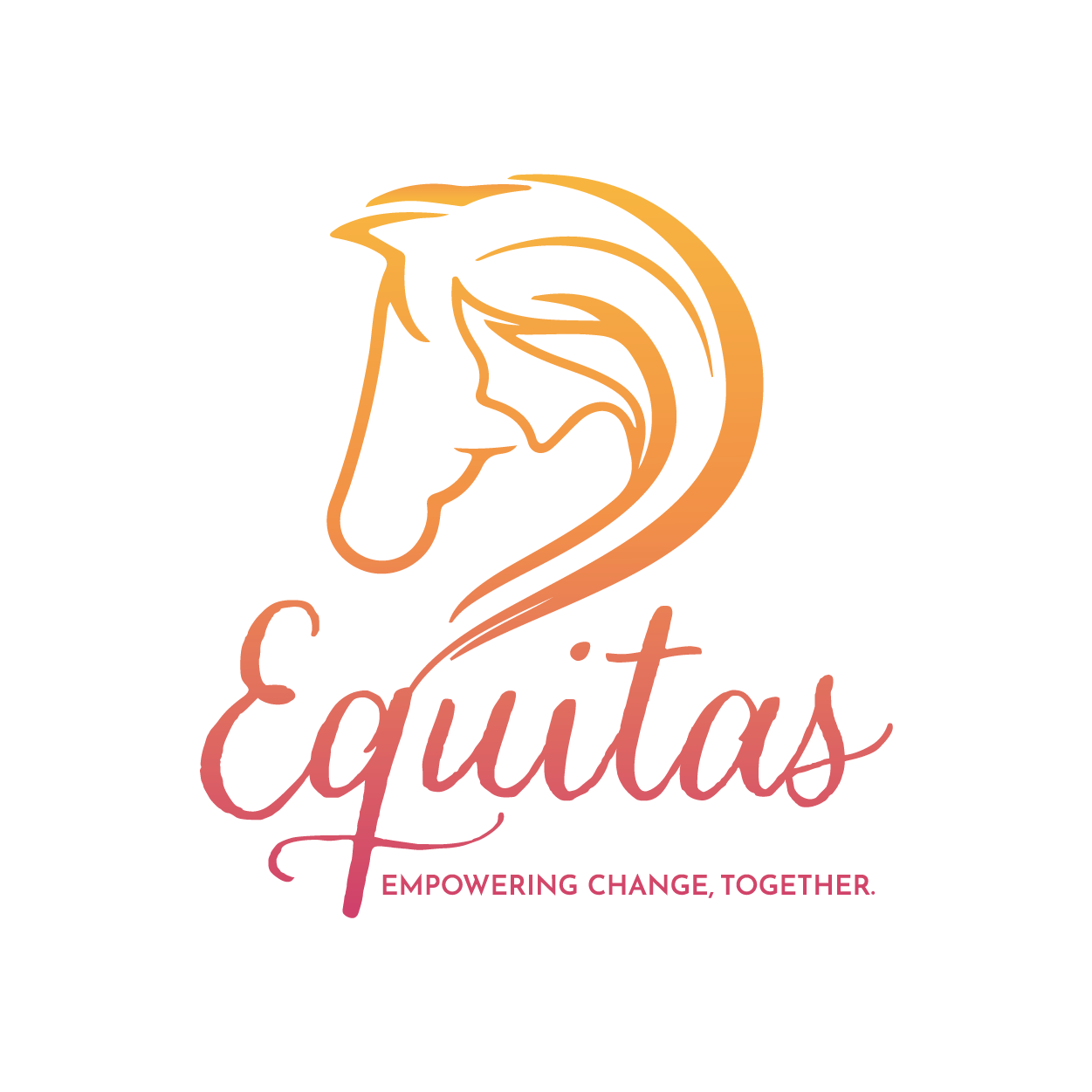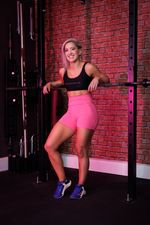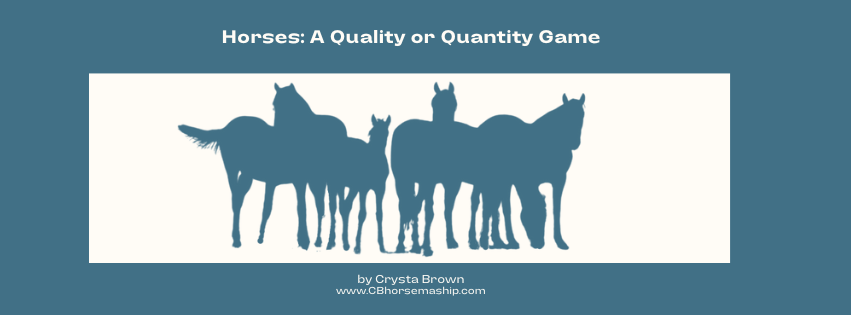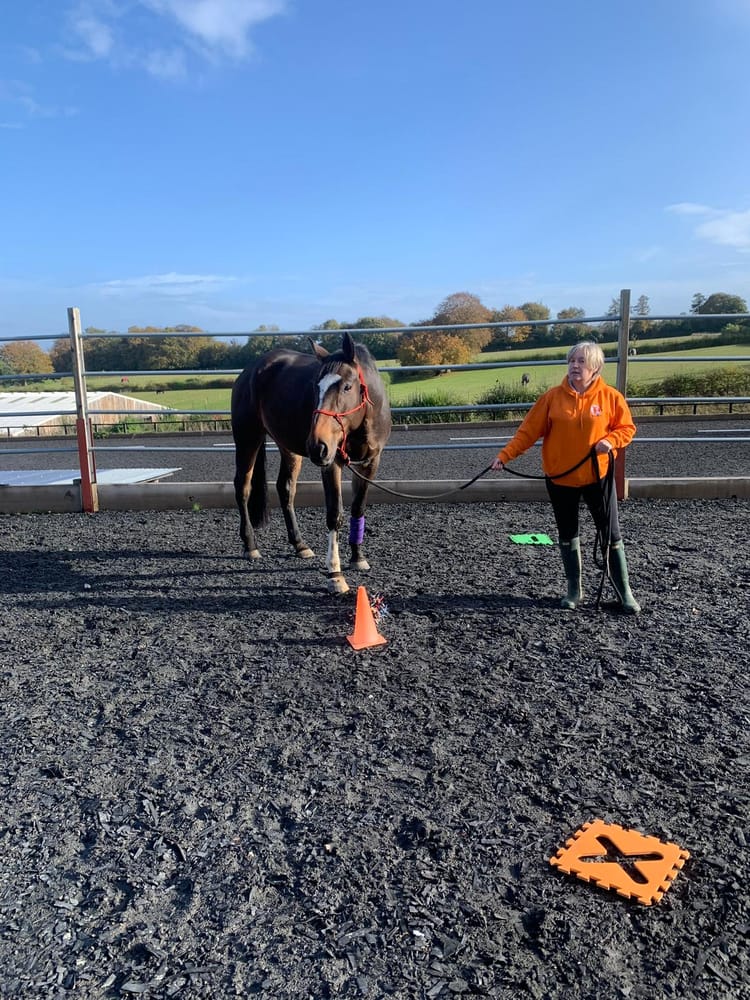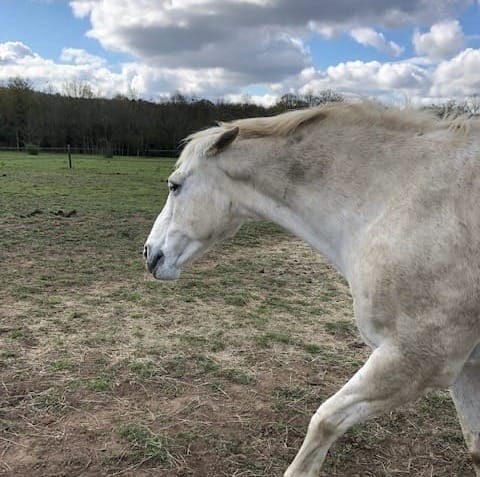Who’s Got Your Back? – The Quiet Gap in Yard Safety
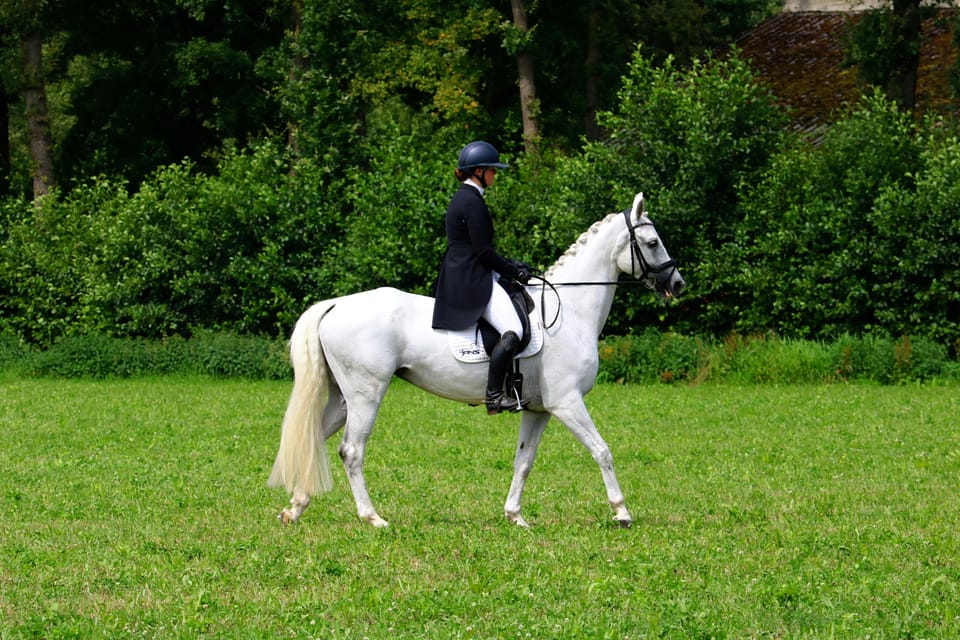
If you watched the Olympics last summer, you might’ve noticed something in the commentary—casual mentions of serious injuries riders had come back from.
Take Laura Collett, for example. Blind in one eye after a riding accident. She nearly died from that fall—multiple fractures, internal injuries, six days in a coma—and still returned to the top of her sport. That’s the reality of equestrianism: even at the elite level, risk is baked in.
But the difference is, they’ve got teams. Medical staff. Protocols. Back-up.
What about us? What about the day-to-day realities at your average yard or riding club?
We Assume the Ambulance Is Enough
At shows, we’re used to the idea of having an ambulance on standby. It’s part of the checklist. We accept it as necessary, but weirdly, we don’t always carry that thinking over into the yards we ride at every week.
When something goes wrong at an event, we know someone’s there to respond. But during an average weekday on the yard?
- A horse knocks someone into a wall
- A child falls in the school
- A rider gets winded or concussed from a seemingly harmless slip
Who’s trained to help in those moments? Not just call for help, but actually be the help?
We like to believe someone will step in. But the reality is, most of us haven’t updated our first aid training in years—or never got around to doing it at all.
We Normalise Risk—Until It’s Not Fine
Equestrians are, by nature, resilient. We brush off bruises, strap on a support belt, and crack on. That mindset is part of the culture, but it can also backfire.
We’re so used to pushing through that we sometimes forget just how risky the environment can be. Horses are unpredictable. The ground is hard. And even the best riders fall.
What I’ve noticed in yards is that unless someone’s been involved in a serious accident, first aid often feels optional—like it’s someone else’s job. But that only works until something happens and there’s no one around who knows what to do.
This isn’t about drama. It’s about responsibility.
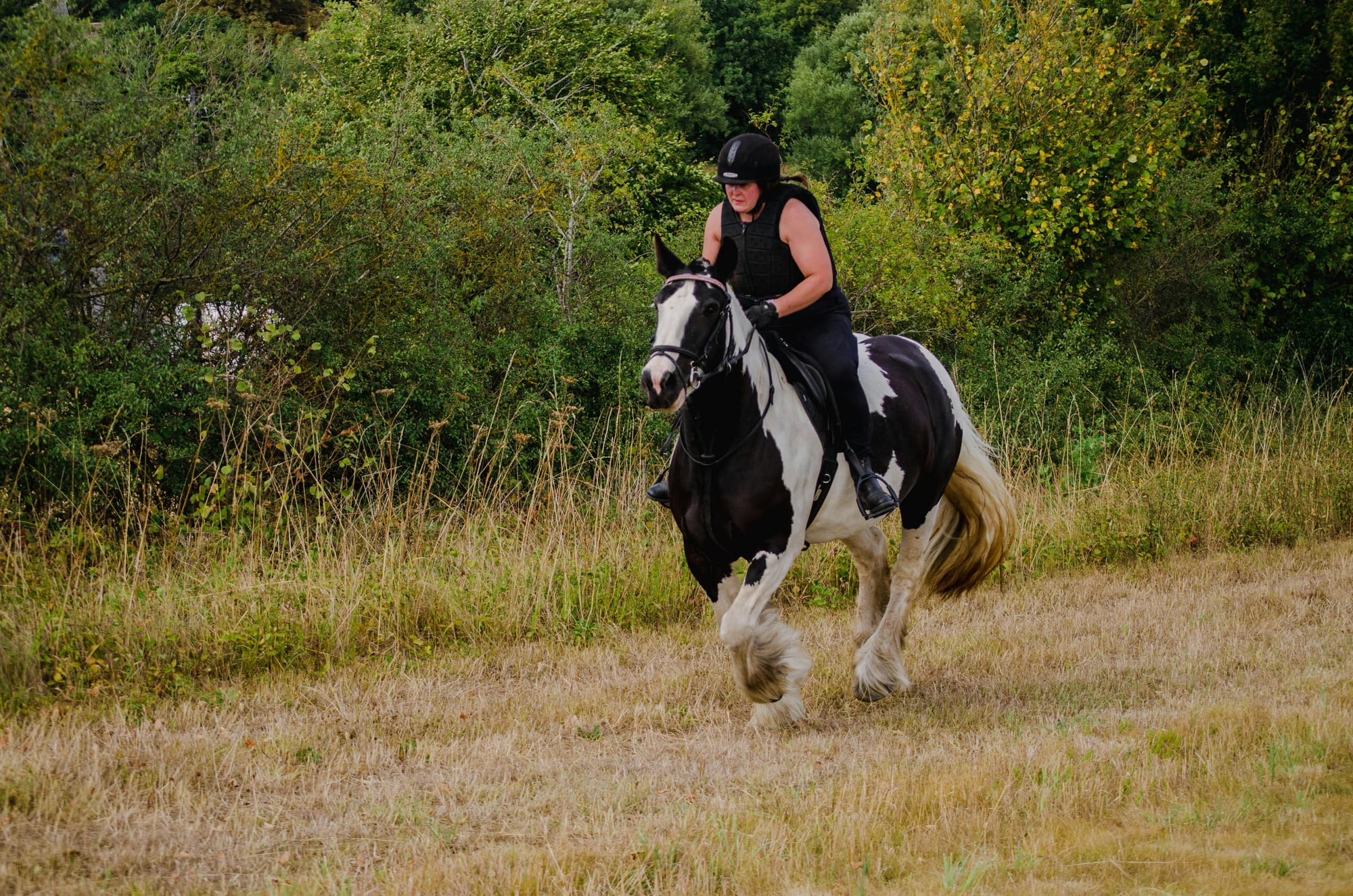
First Aid: A Practical Life Skill, Not Just for “Horse Stuff”
Here’s the thing. First aid isn’t just useful when someone falls off. I’ve seen people choke during lunch breaks. Kids fall awkwardly while leading ponies. One person slipped on ice in the yard entrance.
It’s not always a dramatic accident. It’s the small things that turn serious quickly—and that’s when knowing what to do really counts.
First aid is a skill, not a badge. And like any skill, it fades if you don’t use it. That’s why it’s recommended to retrain every two years. You don’t just refresh the knowledge—you refresh your confidence.
What Can Clubs and Yards Actually Do?
One of the simplest ways to raise the standard is to normalise basic first aid training as part of what it means to be involved in a riding club or active in a yard.
It’s not expensive, and it’s not time-consuming. Leisure Training Ireland runs general first aid courses that are hands-on, practical, and can even be brought directly to your yard or club.
You don’t need to be a coach or a yard manager to benefit from training. Honestly, it’s even more powerful when regular riders get involved—it builds a sense of shared responsibility. And it means you’re not relying on “someone else” to know what to do if things go wrong.
And while this article is equestrian-focused, these are skills you carry into the rest of your life—home, work, social settings. You never know when you’ll need them.
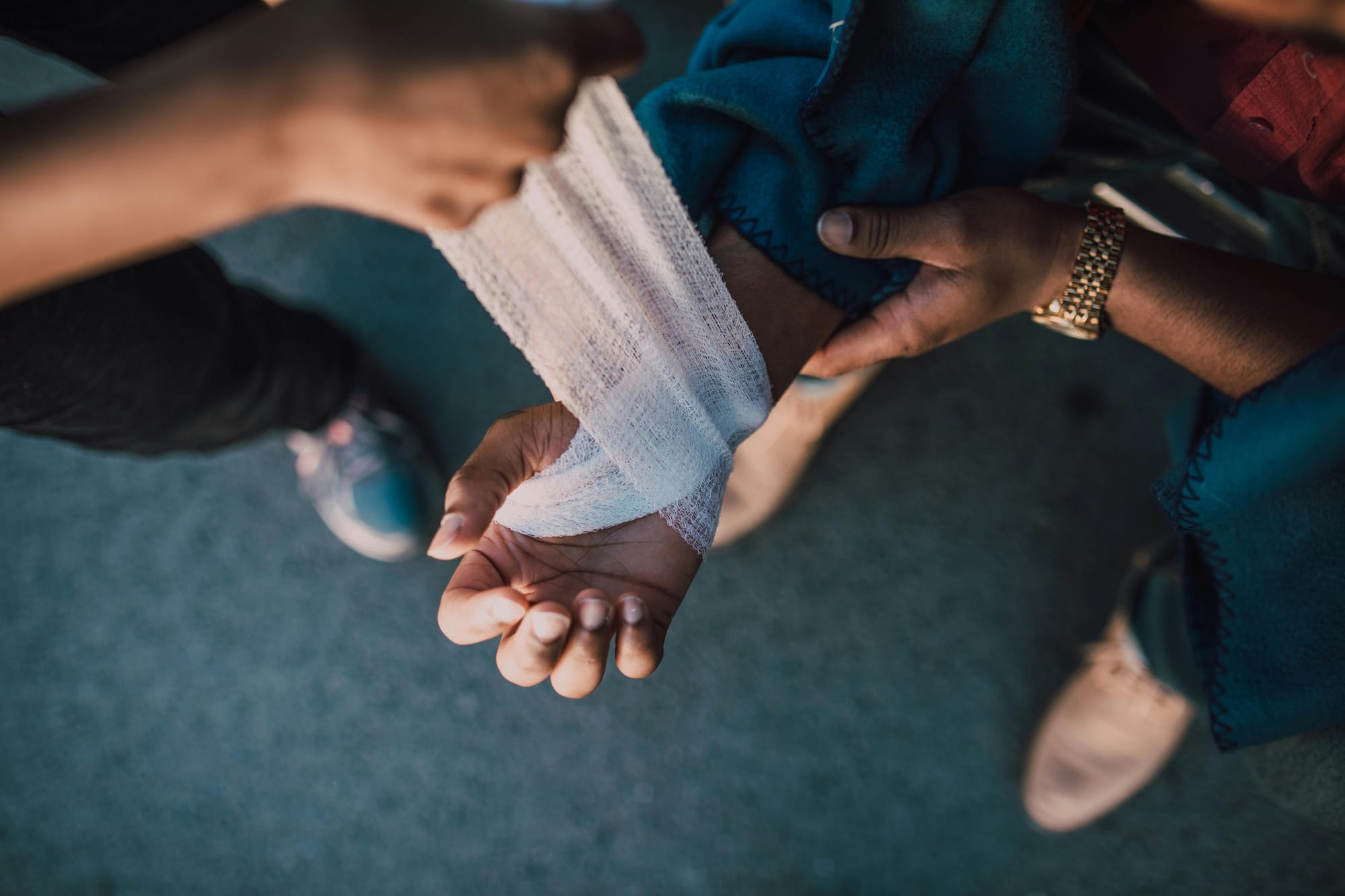
Let’s Set a New Standard
I’m not saying we need to bubble-wrap everything. Riding has always involved risk, and we’re all used to managing that.
But there’s a difference between accepting risk and being careless with it.
If you’re part of a yard, or you run a club, ask yourself honestly:
- When was the last time someone did a proper first aid course?
- Do people know where the kit is—and what’s in it?
- Is there a culture of safety, or is it all just assumed?
Final Thought: It’s About Confidence, Not Control
This isn’t about adding red tape or becoming overly cautious. It’s about making sure the people we ride with are safe—not just from falls, but from the fallout when no one knows what to do.
If someone went down tomorrow, would you be confident stepping in? Would someone be confident helping you?
If the answer is even a hesitant “maybe,” it’s time to change that.
And the good news? It’s a simple fix.
If you want to find out more, contact Leisure Training Ireland at info@leisuretraining.ie.
